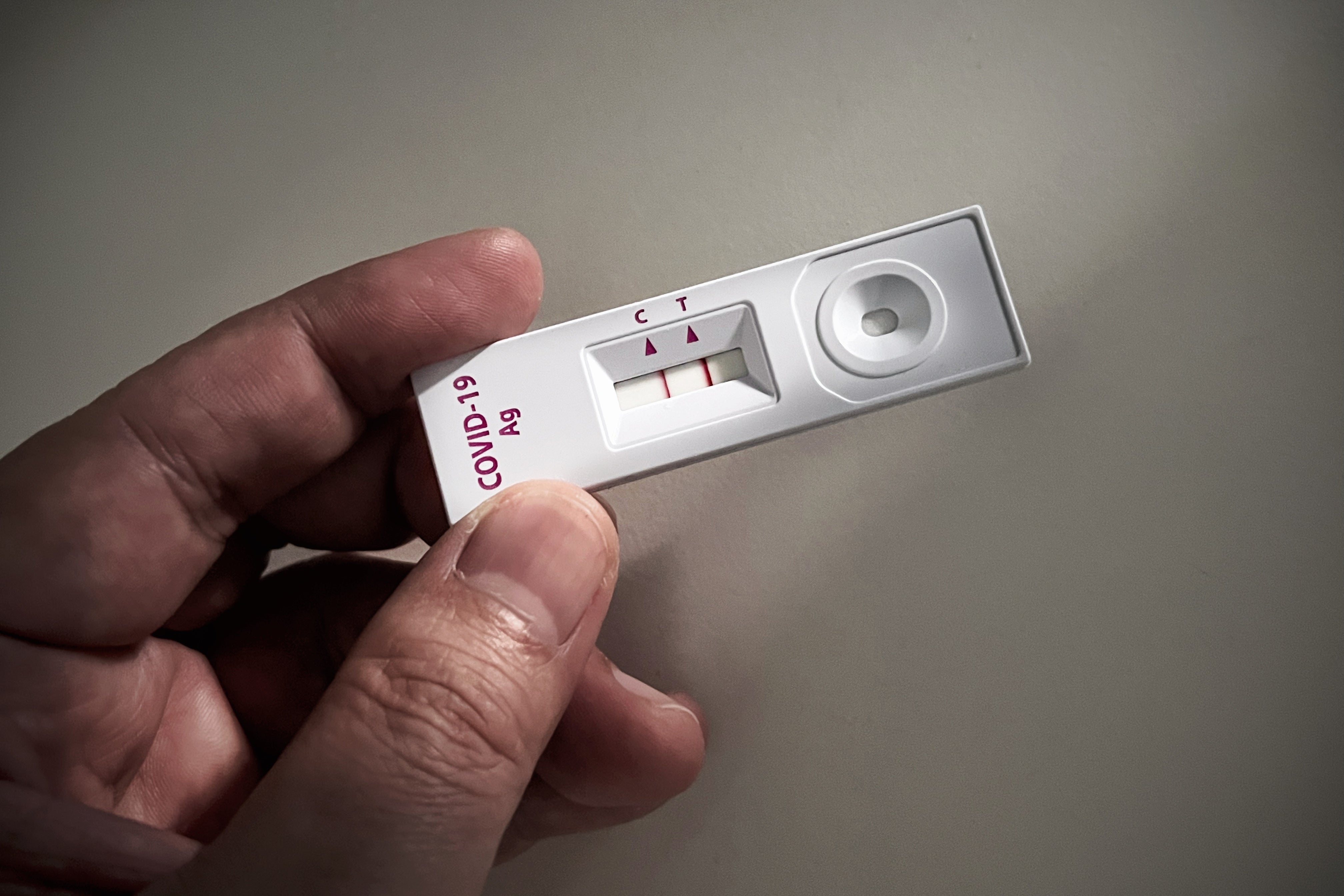
The specter of COVID has haunted the globe for four years now—the disease has killed at least seven million people worldwide. Yet the pandemic’s long-term effects are still hazy—because when it comes to a novel virus such as SARS-CoV-2, which causes COVID, scientists still have a lot to learn.
What we do know is that COVID is here to stay—and that catching it doesn’t give people permanent immunity. Four years into the pandemic, researchers and clinicians know that people are racking up multiple infections, but the long-term consequences of repeatedly getting the virus aren’t yet clear. Fortunately, both individuals and governments have strategies to avoid some infections—if they use them.
“However you slice it, whatever long-term health effect you look at, the risk [from reinfection] is not zero,” says Ziyad Al-Aly, a clinical epidemiologist at Washington University in St. Louis. “The truth is that, yes, we’re sick and tired of the virus, we’re sick and tired of the pandemic—but it’s still here. It’s still hurting people.”
On supporting science journalism
If you’re enjoying this article, consider supporting our award-winning journalism by subscribing. By purchasing a subscription you are helping to ensure the future of impactful stories about the discoveries and ideas shaping our world today.
In the U.S. alone, more than 1.1 million people have died of COVID since the pandemic began, according to the Centers for Disease Control and Prevention. The agency is no longer tracking infections at the community level, but in mid-January it reported that nearly four percent of deaths nationwide were caused by COVID.
And while the winter wave of infections appears to be waning, the world missed its chance to make COVID disappear. “This ugly guest isn’t going to leave us any time soon,” Al-Aly says. “It’s going to be here probably for decades.”
Early on in the pandemic, scientists hoped that COVID would be the sort of disease for which…
Read the full article here






